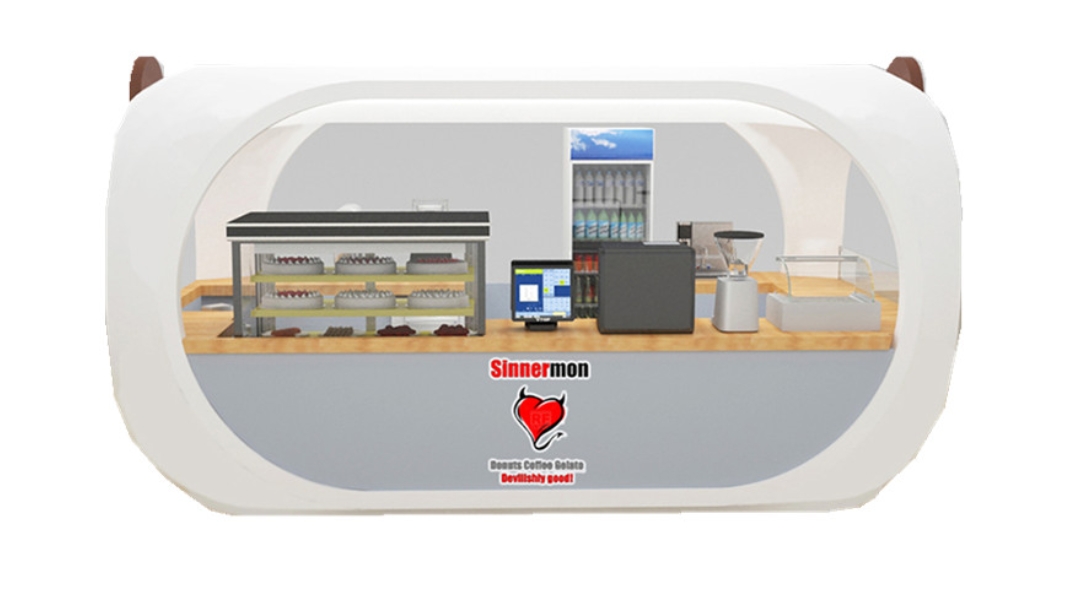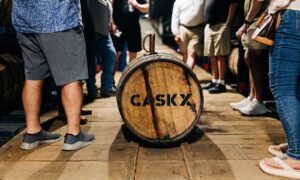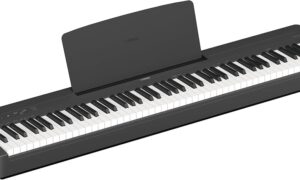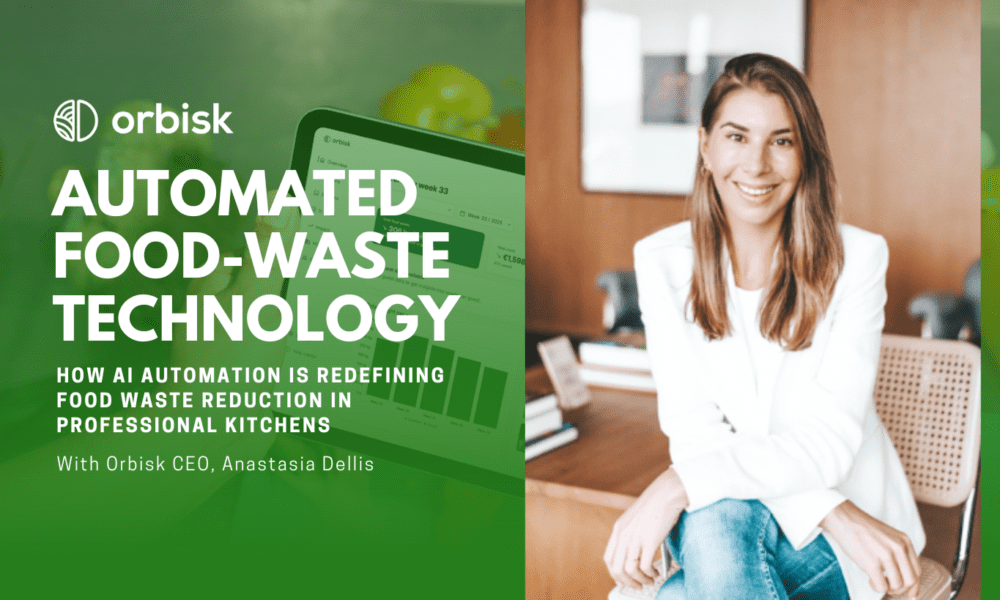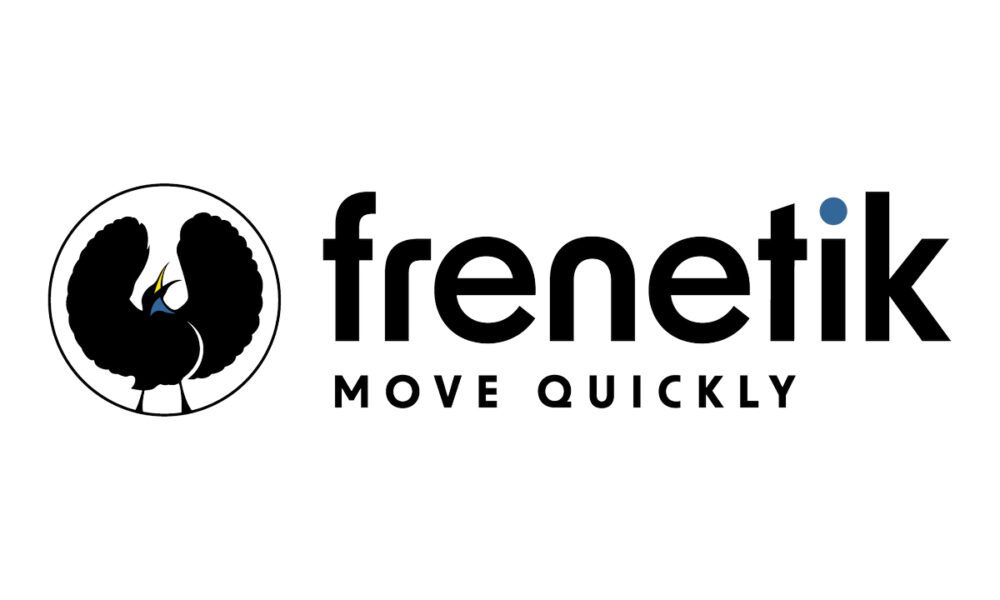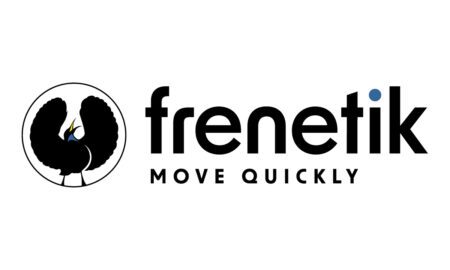In the highly competitive world of food kiosks, every detail matters—from the aroma of the food to the friendliness of the staff. However, two often overlooked elements that can dramatically impact customer behavior and sales performance are lighting and layout. The success of a food kiosk doesn’t rely solely on what’s on the menu; it also hinges on how that menu is presented. A thoughtful combination of lighting and store layout can help maximize visibility, attract foot traffic, and enhance the overall customer experience.
Why Lighting Matters in a Food Kiosk
Lighting is more than just a practical necessity. It plays a psychological role in influencing how customers perceive your brand, your food, and your overall quality. Strategic lighting enhances the ambiance, draws attention to specific products, and even affects purchasing behavior.
1. Highlighting Signature Dishes
The right lighting helps highlight your bestsellers or high-margin items. LED spotlights or under-shelf lighting directed at display cases can draw attention and make food appear fresher and more appetizing.
2. Creating the Right Mood
Soft, warm lighting creates a cozy and inviting atmosphere, encouraging customers to stay longer and browse. On the other hand, bright, cool lighting gives a clean, modern look that is ideal for quick-service food kiosks in malls or high-traffic areas.
3. Improving Visibility and Perception
Poor lighting can make even the tastiest food look unappealing. Consistent and balanced lighting ensures every product is well-lit, improving visual clarity and cleanliness. Customers are more likely to buy when they can clearly see what they’re getting.
Layout: The Secret Ingredient to Smooth Sales
While lighting draws customers in, layout guides them through your kiosk experience. A well-designed layout can improve customer flow, boost sales, and optimize your limited space.
1. Maximizing Space Efficiency
In a compact environment like a food kiosk, every square foot counts. Efficient layout planning ensures that your working and serving areas don’t clash. Smart zoning—dividing the space into cooking, prep, display, and checkout zones—helps streamline operations and improve productivity.
2. Encouraging Impulse Buys
Strategically placing snacks, drinks, or add-ons near the checkout area can drive impulse purchases. The layout should be designed to gently guide customers past these items while they wait, boosting average ticket size.
3. Clear Pathways
Make sure customers can move easily from entrance to counter and then to exit. Cluttered layouts cause confusion, slow down service, and frustrate potential buyers. A clear and intuitive path encourages customers to complete their purchases and even return for more.
Combining Lighting and Layout for Impact
When lighting and layout are used in harmony, the results can be powerful. Imagine a food kiosk where warm lighting highlights a fresh pastry display at the front, while the layout guides customers smoothly past the menu board, the hot food station, and the checkout—all without chaos or congestion.
One of the best ways to plan your lighting and layout is by using professional-grade store fixtures. Quality fixtures not only improve durability and storage but also offer built-in lighting options to elevate the overall presentation of your kiosk. From display cases to shelving units, the right fixtures help maximize space while enhancing visual appeal.
Custom Fixtures for Food Kiosks
The food kiosk industry has unique demands. Whether you’re serving coffee, smoothies, or gourmet snacks, your kiosk must be functional, hygienic, and eye-catching. That’s why working with an expert supplier of food kiosk solutions is essential.
Custom food kiosks can be tailored with built-in LED lighting, optimized storage compartments, and modular layouts that adapt to your specific offerings. These purpose-built kiosks are not only attractive but also help meet health and safety standards while increasing efficiency.
Cost-Efficiency and Long-Term ROI
Investing in professional lighting and layout planning may seem costly upfront, but it pays off in the long run. Better lighting reduces energy waste, while an efficient layout minimizes downtime and bottlenecks. With improved customer flow and higher visibility of key products, sales naturally increase—giving you a strong return on investment.
Additionally, by incorporating high-quality store fixtures and custom kiosk units, you reduce the need for frequent repairs and replacements. This results in lower operational costs and a longer-lasting, more professional appearance.
Tips for Setting Up the Ideal Food Kiosk
- Use LED lighting to save energy and provide bright, consistent illumination.
- Highlight menu specials and high-margin items with focused lighting.
- Invest in modular store fixtures that allow flexibility as your product line grows.
- Map the customer journey from the entrance to the exit and adjust layout accordingly.
- Avoid overcrowding; leave space for customers and staff to move freely.
- Choose durable, easy-to-clean surfaces for health and efficiency.
Final Thoughts
Your food kiosk may only take up a small footprint in a shopping mall or street corner, but its potential impact is huge—if designed right. The right combination of lighting and layout not only attracts customers but also enhances their experience, encourages sales, and ensures operational efficiency. By investing in professional-grade store fixtures and partnering with specialists in food kiosk design, you’re setting your business up for both immediate and long-term success.

